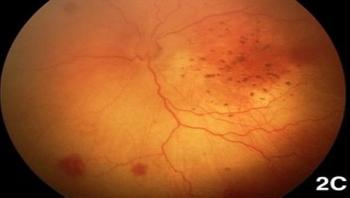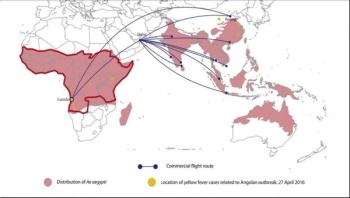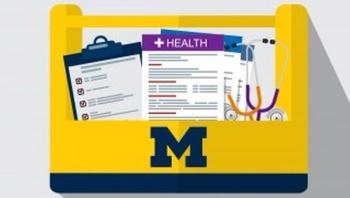
News



Researchers studying babies with a Zika virus-related birth defect say they have found previously unreported eye problems possibly linked to the virus that could result in severe visual impairment. In three Brazilian infants with microcephaly, the researchers observed retinal lesions, hemorrhaging and abnormal blood vessel development not noted before in relation to the virus. The findings are being published online today in Ophthalmology, journal of the American Academy of Ophthalmology.








The spread of yellow fever (YF) is a global health threat. In response to current outbreaks in Angola, other African countries, and China, which represents the first ever documented cases of YF in Asia, the World Health Organization (WHO) convened an emergency committee on May 19, 2016 to underscore the severity of the outbreak. In the current issue of the International Journal of Infectious Diseases, noted infectious disease authorities from South Africa and Singapore explain the epidemiology and ecology of YF and discuss the factors that can increase and decrease the likelihood of progression from outbreak to epidemic.
















Harvard researchers have created a new, greatly simplified, platform for antibiotic discovery that may go a long way to solving the crisis of antibiotic resistance. In a study just published in the journal Nature, Andrew G. Myers and colleagues describe "a platform where we assemble eight (chemical) building blocks by a simple process to make macrolide antibiotics" without using erythromycin, the original macrolide antibiotic, and the drug upon which all others in the class have been based since the early 1950s.

A team led by researchers from Tianjin University in China has solved the structure of the Zika virus helicase, which is a key target for antiviral development. The research is published in Springer's journal Protein & Cell.

